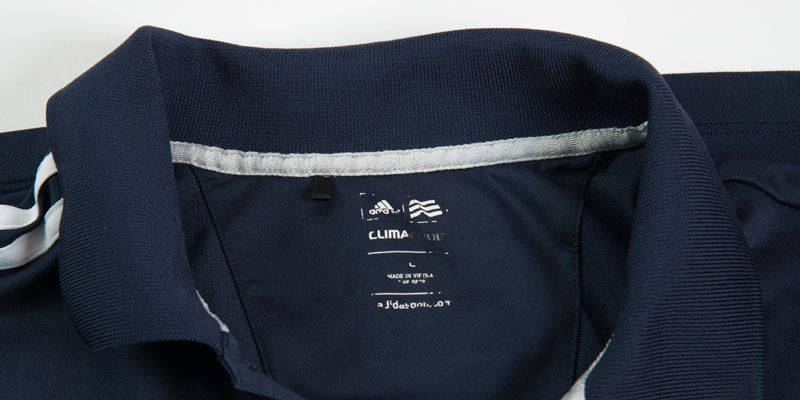- Equipment
- Inks & Supplies
- Services
- Applications
- Tagless
- Resources
- About Us
- Contact Us

Throughout the years many things have come and gone. Dinosaurs ruled the earth millions of years ago but became extinct to make room for human beings. Computers are being developed and replaced by more advanced versions that are faster and offer better technology. Even disco, yes disco, was once the most popular form of music widely celebrated, but eventually faded away to make room for rock n roll. Heat transfer labels are next!
Ok, those were all bad examples. The point is that things, no matter how remarkable, will eventually be replaced by something better, something more advanced. In this case, thermal transfer labels (also known as heat transfer labels) are slowly fading into extinction. These heat transfer labels are now being replaced by pad printed, tagless labels.
Sure, heat transfer labels sound fantastic! If someone who was not well educated about printing purchased a heat transfer label machine, they may be satisfied. Even downright happy with their process. If they had all of the facts however, they might not be so satisfied after all. There is a reason why the whole apparel industry is making a huge swing from heat transfer to pad printing machines.
The number one reason is cost. Why establish a business if you’re not going to try to make the highest quality product at the lowest production cost possible? The idea is to maximize profit! It is nice to think that purchasing heat transfer labels are a great deal, you can get 12,000 labels for $1,200. What most people don’t know is companies that sell heat transfer labels require the buyer to purchase a minimum of 12,000 labels, possibly more! Ordering 12,000 labels are great for big business but not for a small business that may change their label frequently. Better yet, 1 can of ink for a pad printer is only $70 and that one can of pad printing ink will create 100,000 tagless labels. Which method do you think is more cost-effective? You do the math!
Another problem with heat transfer is the ink sits on top of the material which means that you can actually feel it rubbing and scratching against your skin. That’s uncomfortable! Another result of the ink sitting on top of the material is that it chips and cracks fast under any stretching or shrinking of the material! It only takes 5-10 washes to begin seeing the results of wear and tear. This is unacceptable by any standard considering the alternative.
Pad printer inks are absorbed into the material, meaning the tagless label has a soft hand touch, you will not feel it. Tagless labels are more durable, if the material shrinks, so does the label. Tagless labels can withstand 50 industrial washes before seeing any signs of wear and tear.
Most recently the heat transfer industry took a big hit. Phthalates (a chemical in heat transfer ink) were deemed hazardous to one’s health, especially to children! Too much exposure to the chemical could cause infertility, birth defects, and in some cases cancer. A law was passed to remove Phthalates from all forms of ink.
Heat transfer ink had to be reformulated from the ground up without phthalates. Unfortunately, the reformulation has affected the adhesion quality of the ink. Users found that the ink would not stick to the material and when it did stick, the ink would chip and crack faster than before.
Pad printing machines are emerging as the industry standard for tagless labels. The cost is much lower and the quality is much higher. Heat Transfer is out the door as tagless labels are on their way in!
WHAT DO YOU THINK? Is heat transfer dead? Share your thoughts below!
Back to Blog Home
Add Your Comment